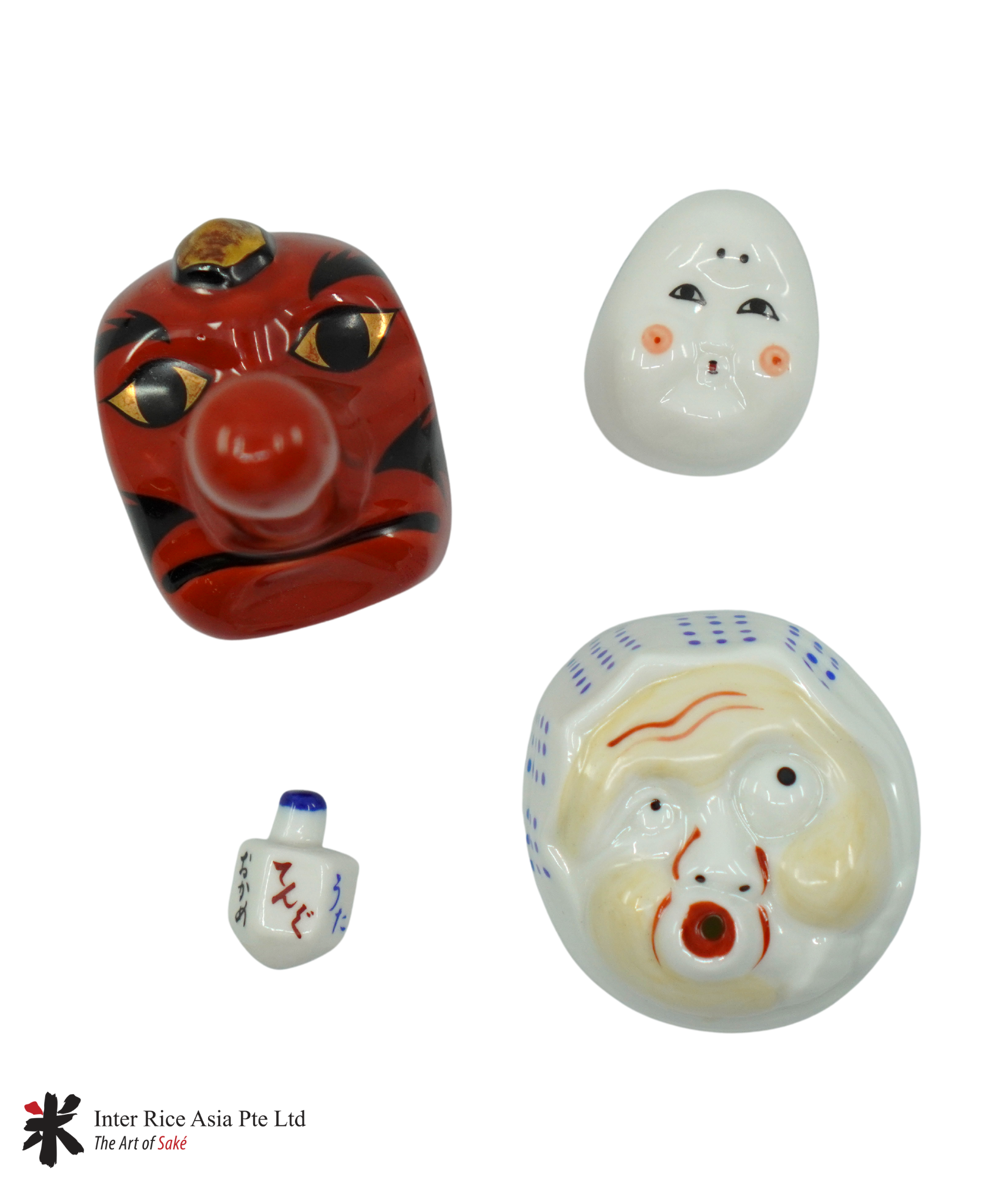Sake On-nomi #10 - Sake Rice Selection
For the 10th theartofsake Sake On-nomi, we will be doing a session on the different rice varietals used to make Japanese Sake.
There are more than 100 rice varietals developed for the purpose of brewing sake. However, the majority of sake is made from just a few rice types. As you can see below, the top 2 sake rice is used more than the other rice combined.
Sake Rice 2019
1.Yamada Nishiki (Hyogo, Okayama) 16.5K tons
2.Gohyakumangoku (Niigata, Toyama, Fukui) 15.2K Tons
3.Miyama Nishiki (Nagano, Akita) 5.6K Tons
4.Akita Sake Komachi (Akita) 2.4K Tons
5.Hattan Nishiki (Hiroshima) 1.8K Tons
6.Hitogokochi (Nagano) 1.6K Tons
7.Dewansansan (Yamagata) 1.6k Tons
8.Ginpu (Hokkaido) 1.5k Tons
9.Koshitanrei (Niigata) 1.4K Tons
10.Hanafubuki (Aomori) 1.1K Tons
11.Yumenoka (Fukushima) 1.0k Tons
12.Omachi (Okayama, Hiroshima) 0.9L Tons
Sake is different from wine, in the sense that craftmanship is more highly regarded than the raw ingredients used to brew the sake. For example, rice can be transported to the brewery from any source in Japan. In more extreme cases, so can water. Of course, rice as the main ingredient still plays a big role in the taste of sake!
We have 5 x 80ml of sample sakes in a tasting flight. This will be available for $45 per set. For the full bottle set, we will include 5 bottles of sake together at $328 (usual price $368).
We will be running a Zoom Live Video Conference for the Sake On-nomi on Wednesday, 19 August 2020. The event will start at 8pm. The room will launch at 7:45pm for networking. To join, please purchase our Tasting Set or Full Bottle Set at our website.
We will sms/whatsapp you the zoom meeting room on the day before the meeting! Meeting details will also be included in the tasting sets together with the Sake Details and Tasting notes.
Please note: the tasting sets will only be sent out during the late afternoon of the event day. We will bottle the samples that day to keep it as fresh as possible.
See you!
Sake Rice Selection
1. Nadagiku Junmai Ginjo - Yamadanishiki
An aromatic sake of light peach fruits and barely noticeable spice. Firmly textured with fruity elements laced with a hint of mineral. A clean dry finish allows for maximum drinkability.
2. Imayotsukasa Junmai - Gohyakumangoku
Quality Rice “Gohyaku-Mangoku” which is specially nurtured for smooth sake, charged with the natural spring water in Mt Suganatake, Niigata. Rich taste, mellow flavour, smooth & refreshing. Excellent with food. Recommended drunk warm.
3. Manotsuru Junmai Daiginjo Miku - Koshitanrei
Made using Koshitanrei rice from Sado Island. It has a rich, complex tropical fruit aroma of mango and pineapple. Citrus acidity with a refreshing and fragrant fruity taste. Savory with some spicy herbal texture. Goes well with meat dishes
4. Sanzen Tokubetsu Junmai Omachi - Omachi
Very well-balanced Junmai. Gentle sweet rice flavours, light spice, balanced, velvety texture with a smooth crisp finish. Good amount of savouriness.
5. W Junmai Muroka Goriki 50 - Goriki
This is a limited edition sake by Watanabe Shuzo, made with an unusual rice type, Goriki. It is a hearty rice with a lot of rice and umami characteristics. It is a long-lost strain of heirloom rice that was produced in Tottori, that was recently recreated.
Please purchase your tasting sets at https://theartofsake.com/collections/ira-sake-onnomi
Our Previous Sake On-nomi
Sake On-nomi #9 - Aged Ham with Sake Pairing
Sake On-nomi #8 - Japanese Sake GI
Sake On-nomi #7 - Cheese with Sake Pairing
Sake On-nomi #6 - Namazake Selection
Sake On-nomi #5 - Sake Blind Tasting
Sake On-nomi #4 - Premium Daiginjo Selection
Sake On-nomi #3 - Unique Style Selection
Sake On-nomi #2 - Niigata Sake Selection
Sake On-nomi #1 - Dewazakura from Yamagata



Leave a comment